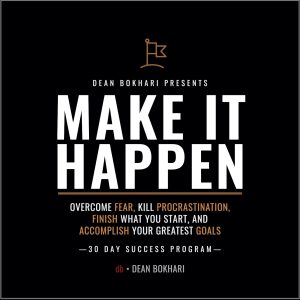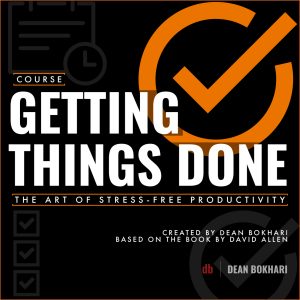When we work on our most important goals while we have the least amount of energy, everything suffers and we get substandard results. But it’s what most people do…
They piss away their most productive hours by scrolling social media, ordering stuff on Amazon, and checking email.
If this sounds like you, it’s time to stop, take a step back, and answer this question:
The peak performance question:
Which hours of the day do you operate at your PEAK?
For me, it’s between the hours of 8 am – 1 pm.
This is the time of day when I have the most energy, motivation, and willpower.
As compared to the rest of my day, this 5-hour window is when I’m most often able to:
- find my flow and think with clarity,
- sustain my focus and maximize my productivity, and
- be as creative and effective as possible at work
For these reasons, I generally time-block my most important work to be done within this 5-hour pocket of time between 8 am and 1 pm.
I refer to these hours of high productivity as my Peak Performance Period (PPP), which is a 3–5 hour window of time during which you have the highest amount of energy, willpower, motivation, and mental clarity.
So, if you want to make the best use of your time, energy, and motivation – then it helps to identify your own Peak Performance Period…
Because this is the time of day when you should be working on your most important stuff—especially the stuff you struggle to find the motivation to do.
As I mentioned, my PPP is between 8 am and 1 pm.
Yours will differ, but it’s important to figure it out because it’ll have a major impact on your success, regardless of what kind of work you do or what goals you want to accomplish.
Actionable insights
Follow the steps below to find—and make good use of—your own peak performance period:
1. Identify your Peak Performance Period.
To find your Peak Performance Period (PPP), start by asking yourself this question:
Which hours of the day do I operate at my peak?
Between what time and what time do you feel most energetic, motivated, and productive?
If you’re unclear about this, use the next 7 days to track your emotions, energy, and productivity levels.
You can do this by simply jotting down approximately what time-to-what time you feel your best each day.
Here’s an example of what this might look like:
- On Monday, my PPP was between 8 am – 11 am
- On Tuesday, my PPP was between 9:30 am – 12:30 pm
- On Wednesday, my PPP was between 9 am – 1:30 pm
After a week, you’ll find a pattern.
If you don’t, repeat the cycle and track yourself for another week.
Then, use your best judgment to pin that pattern down to a set period of time.
2. Write it down and display it prominently.
Once you’ve figured out which time of day you perform at your peak, make it official by writing it down and placing it somewhere prominent—like a whiteboard, bathroom mirror, or on your desk at work. And keep it there as an ongoing reminder until working in your peak performance period becomes a habit.
Use the following structure to write out your Peak Performance Period:
My Peak Performance Period is between ___ and ___.
3. Time-block your Peak Performance Period.
Block off the hours you’ve identified as your PPP in your calendar.
And use that time to make progress on the goals and habits you need the most motivation to work on.
References
Privette, G. (1981). Dynamics of Peak Performance. Journal of Humanistic Psychology, 21(1), 57-67. https://doi.org/10.1177/002216788102100106


